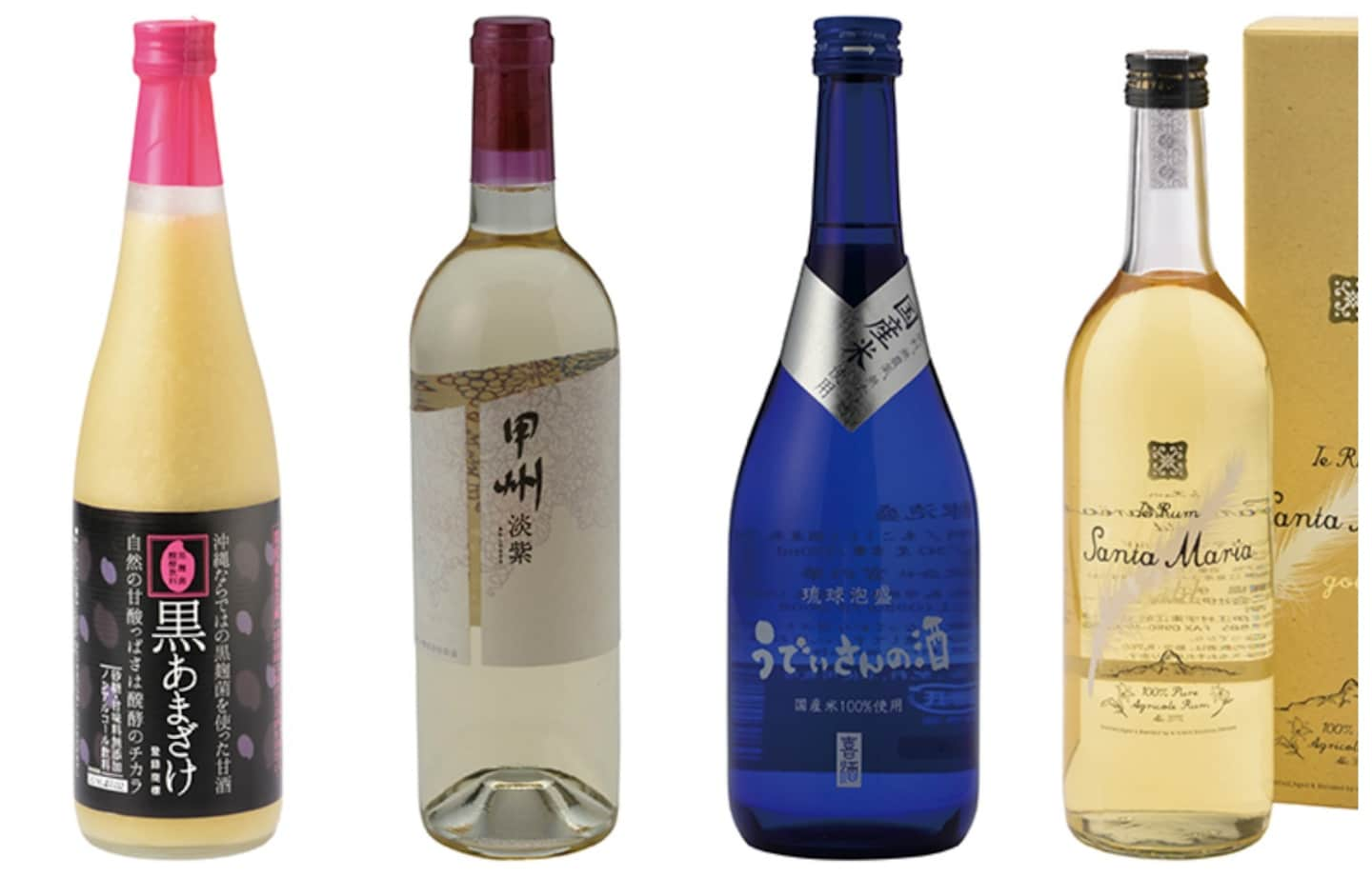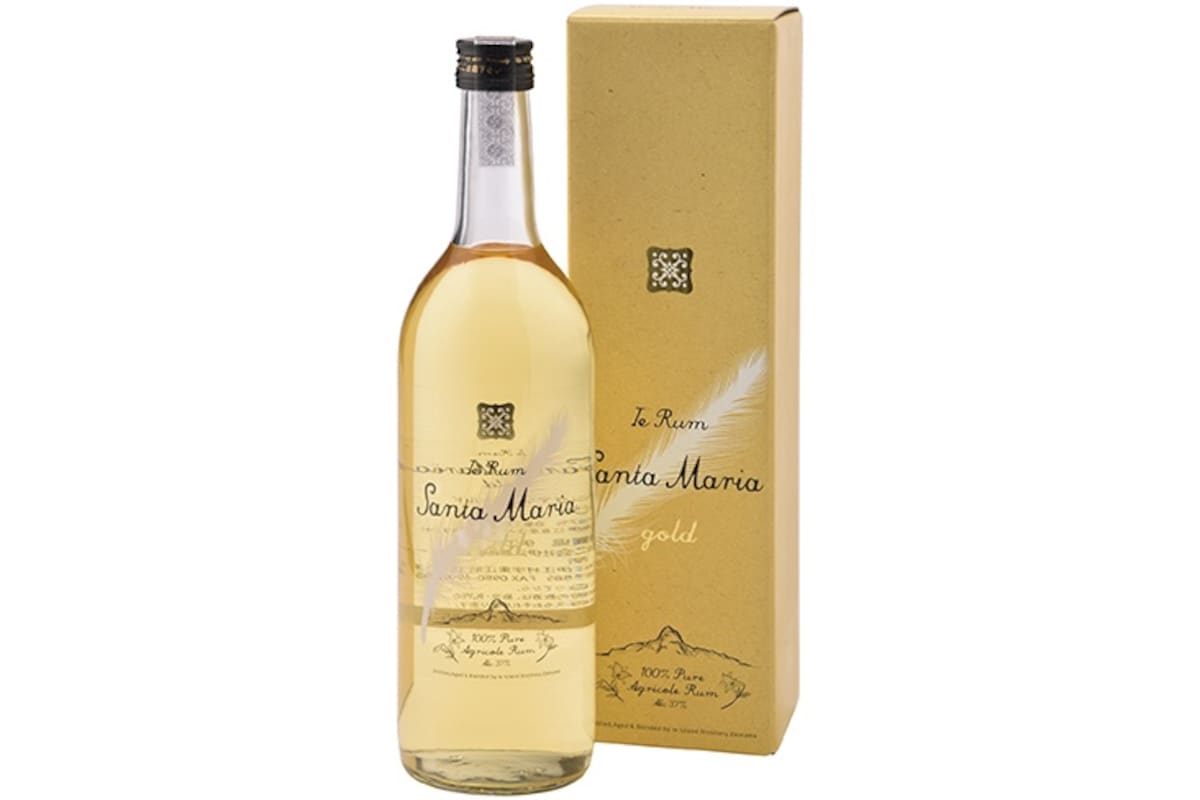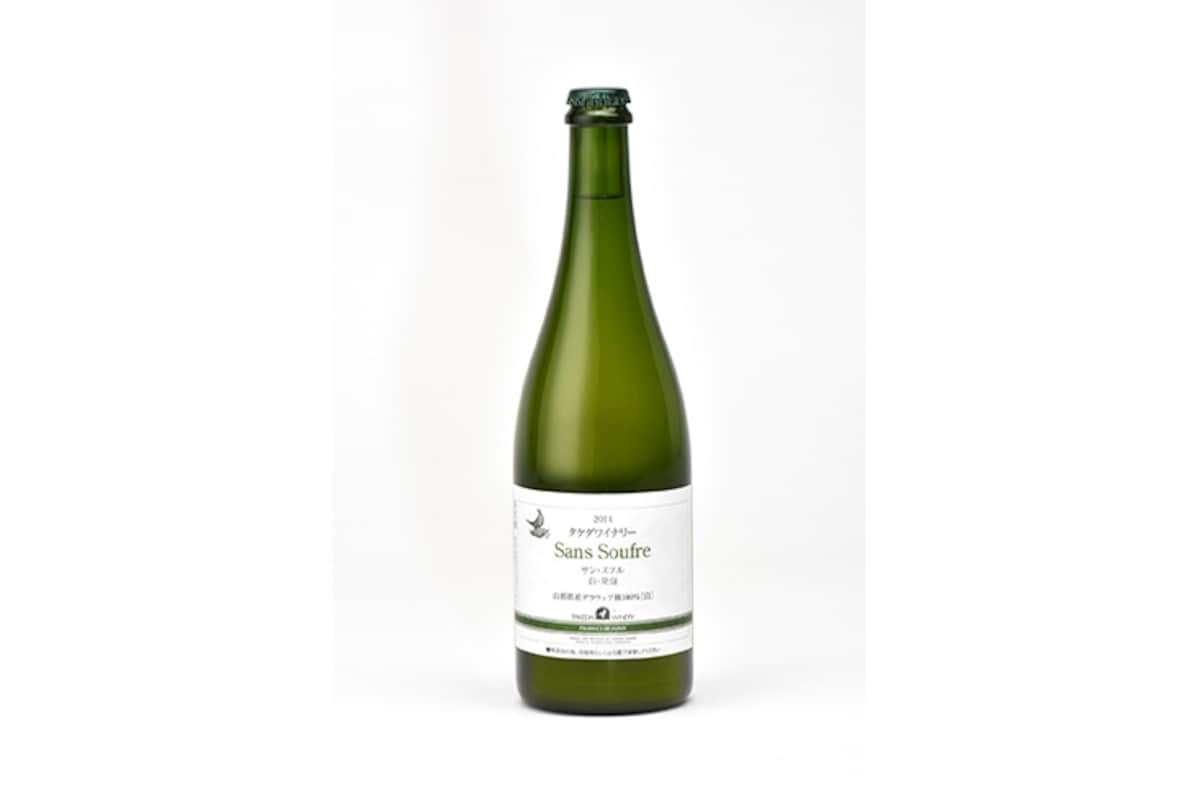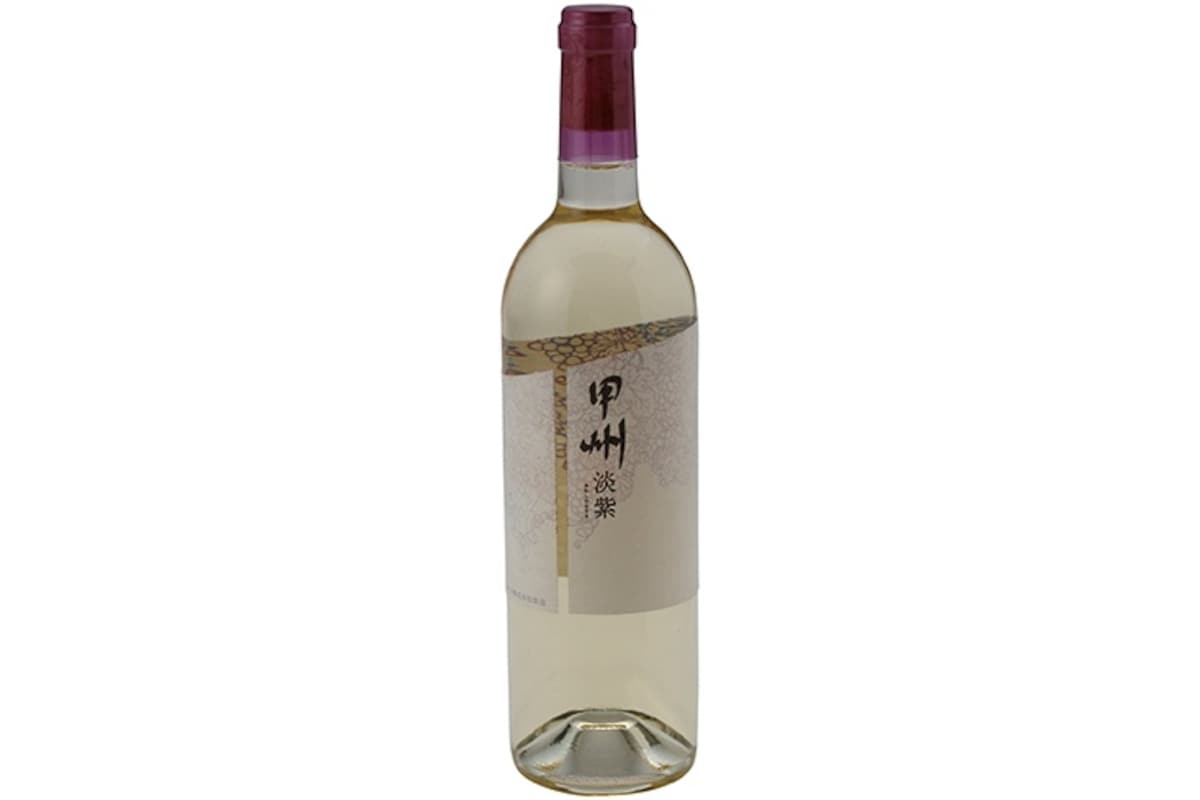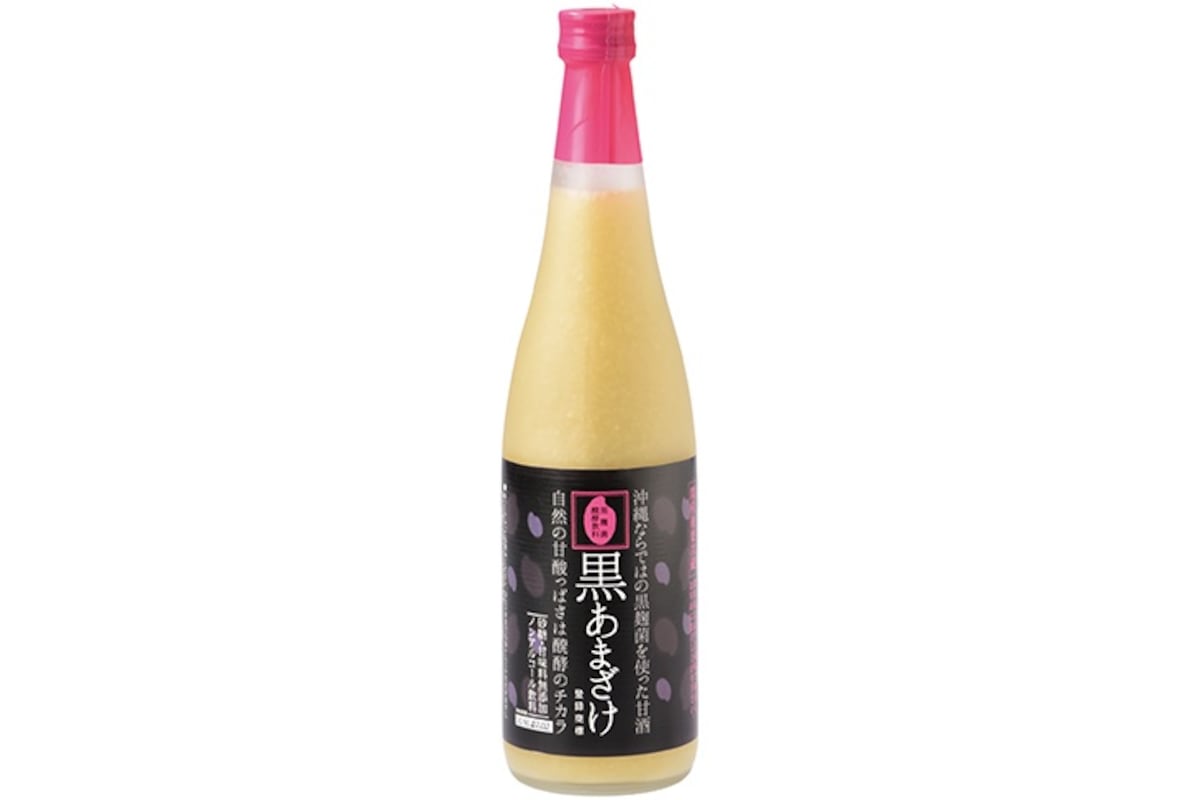4 of Japan's Lesser-known Liquors
Most people immediately think of sake, or even umeshu if they're feeling cultured, when asked about Japan's liquors. But there's actually an abundance of options out there! Here are some of Japan's best lesser-known liquors from The Wonder 500™ collection.
By AAJ Editorial Team4. Udi-san no Sake (Awamori)
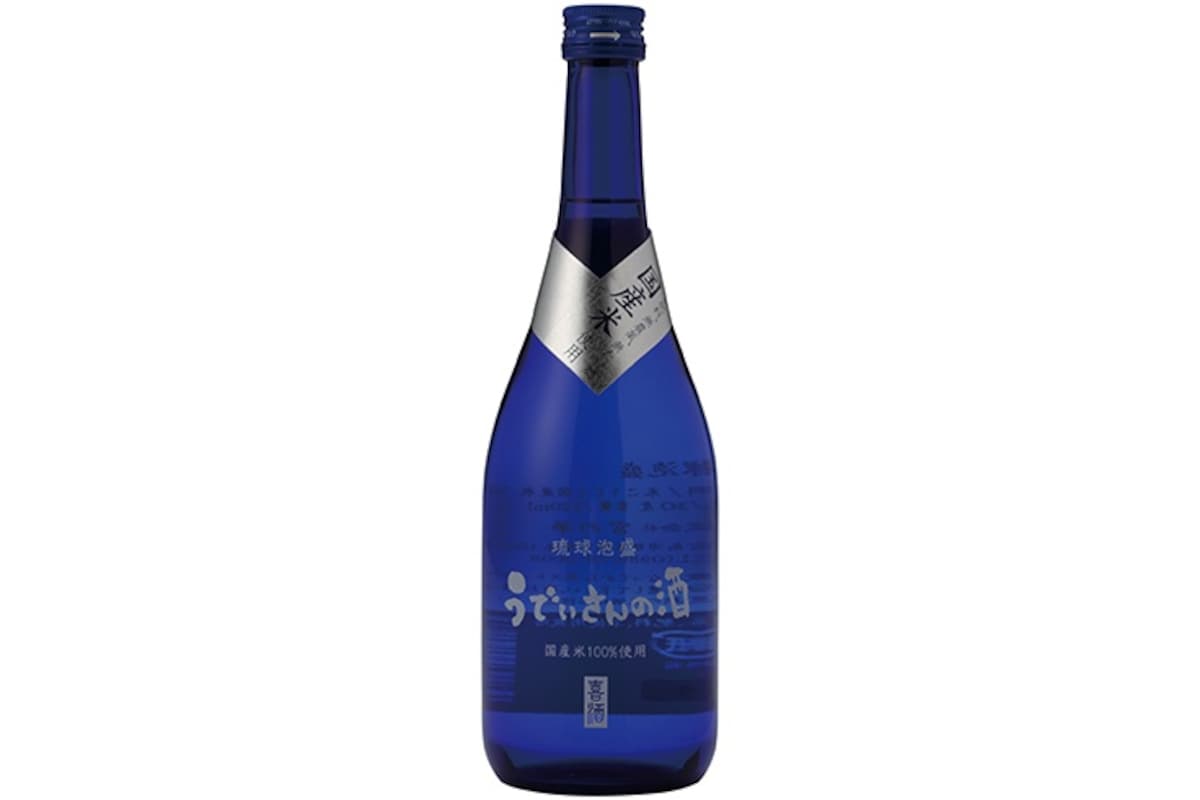
https://thewonder500.com/product/udi-san-no-sake-awamori-strong-okinawa-liquor-made-from-pesticide-free-rice/?lang=en
Awamori is an alcoholic beverage indigenous to Okinawa. It's distilled using a unique local black mold. According to experts, production of awamori began in the second half of the 15th century.
In principle, all awamori is made with Thai rice, which is less sticky than Japonica, but Udi-san no Sake is made using organic rice cultivated by contract farmers in Kumamoto Prefecture without use of pesticides, compost or fertilizers. In order to preserve its freshness, the rice is delivered husked and is then polished by the manufacturer. About 80 percent of the workers in the distillery are women, and under their gentle and loving touch the awamori is distilled and infused with the sweet aroma and luxuriant flavor inherent to Japanese rice.
Udi-san no Sake won the Grand Prix in the Awamori category of the 2011 Fall National Liquors Contest. Left to mature further, it can be enjoyed as a rich and mellow kusu (or “aged liquor”).
3. Ie Rum Santa Maria (Sugar Cane Rum)
While awamori is the signature alcoholic beverage of Okinawa, Ie Rum Santa Maria is the first beverage produced on the small island of Ie-jima, just west of Okinawa's main island, using 100 percent specially-grown sugarcane. Unlike ordinary rum made through distilling molasses, a residue of sugar manufacture, Ie Rum Santa Maria is a luxurious agricultural rum obtained by distilling the fresh, fermented cane juice. The name of the product originates from the pure white Easter lily, which blossoms on the island in spring. In the Western world, the white lily is beloved as a symbol of Saint Mary.
The Ie-jima distillery was established at facilities that were handed over to the manufacturer after the completion of next-generation energy experiments on the island using sugarcane in 2011. The production process is overseen by young local distillers. In addition to the exquisite taste, the appeal of this product is enhanced by the excellent sense of the manufacturers, who present a familiar local ingredient in a new light.
2. Takeda Winery Sans Soufre Happou Shiro (Sparkling Wine)
Takeda Winery’s in-house farm carries out integrated grape cultivation, harvest, distilling, fermenting, and shipping. In 1989, it succeeded in creating the pioneer champagne in Japan, and in 2007 released Takeda Winery Sans Soufre, a wine made to sparkle inside the bottle without using sulfur dioxide.
The sweet, refreshing flavor has been praised by many sommeliers, but it was not an easy road. Takeda Winery has met each hardship with a return to the fundamentals, faithfully and sincerely refining both the flavor of the wine and its distilling technique. This winery takes no shortcuts—it achieved organic soil treatment over a 20-year period without reliance on soil replacement or chemical fertilizers, and picks all grapes by hand, also detecting and discarding unripe and diseased bunches by eye and hand.
1. Koshu Awashi Murasaki (Wine Made from Koshu Grapes)
This wine has both the refreshing citrus fragrance of koshu, a variety of grape unique to Japan, and a deep flavor derived from the fruit’s skin. With iris, a noble color that has been cherished from olden times, as the base color, the label is made out of Japanese paper and, in an expression of Japanese refinement, shows faintly from the reverse side a picture of a turtle swimming in a vineyard. This Japanese wine's unique astringency and moderate flavor match Japanese cuisine in taste as well as elegance.
Honorable Mention: Kuro Amazake Sweet Sake (Non-Alcoholic Amazake)
Amazake is a drink made from rice porridge and rice malt (microbes essential to brewing products such as miso and sake). Alcohol-free and rich in vitamins, though made without sugar or sweeteners, it has a mellow sweetness. Amazake is served to visitors making their first shrine visit at New Year’s, and is drunk in the summer to prevent heat fatigue and restore strength.
Chuko Awamori Distillery has made the most of black rice malt and the Okinawan climate to develop its own incredible brewing method. Kuro Amazake made from black rice malt contains more citric acid than traditional amazake for a tart, refreshing flavor. It is delicious drunk chilled as-is, or mixed with soy milk.


